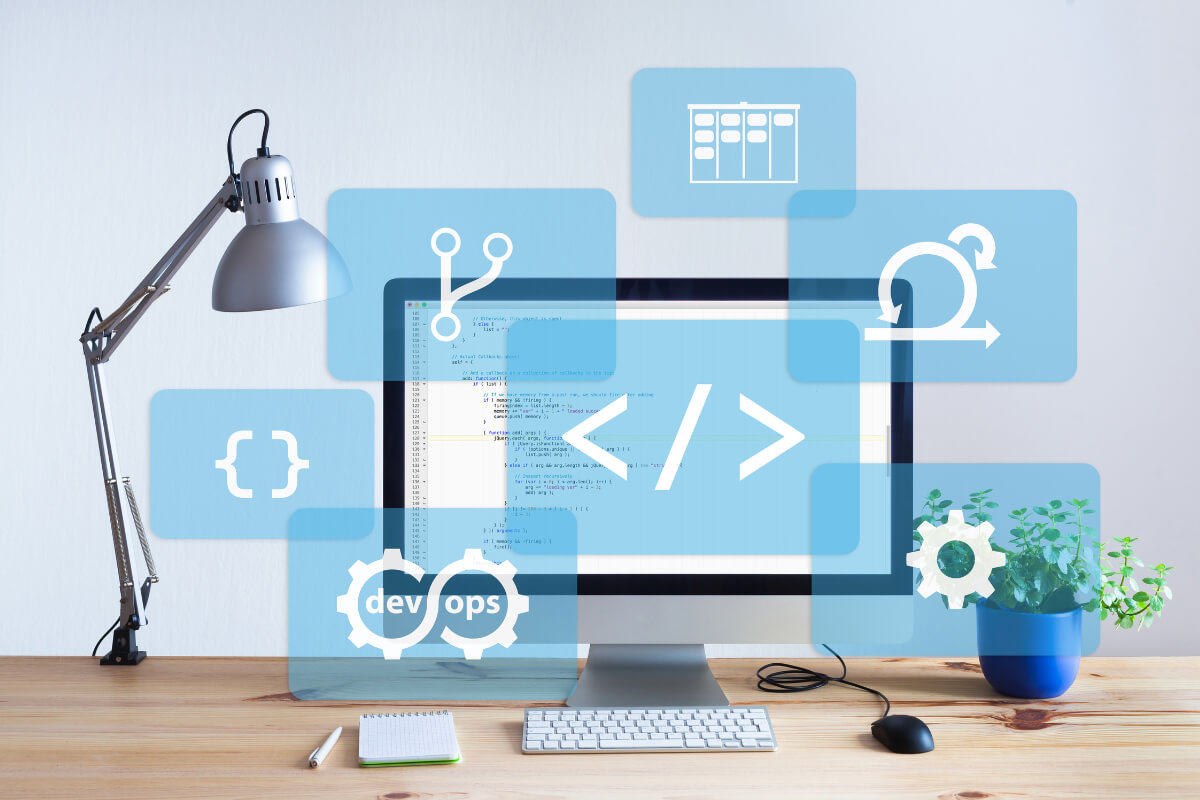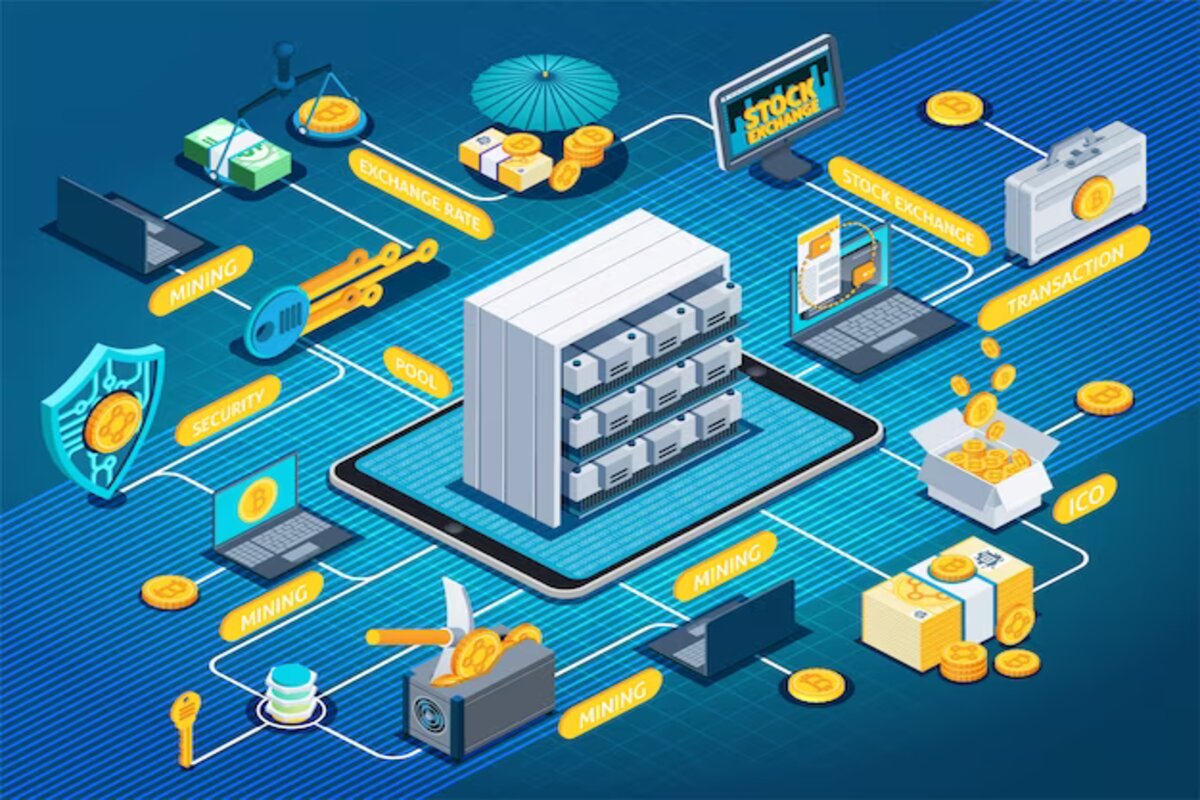Agile DevSecOps: Securing and Streamlining Supply Chains
Adopting agile DevSecOps methods has become fundamental in the fast-paced environment of modern technology, where the creation of software is at the vanguard of innovation. This innovative strategy strengthens the supply chain’s security while simultaneously improving software development efficiency. In this post, we explore the subtleties of Agile DevSecOps as well as how it can be used to protect and simplify supply chains.
The Agile Method
Agile supports iterative development, whereby tiny, digestible chunks of code are created and tested. Agile is a fundamental element of DevSecOps. This iterative technique encourages flexibility and enables programmers to react quickly to shifting needs.
The Integration of DevSecOps
DevSecOps makes security an integral element of the software development process by integrating security into the development and operations stages. The likelihood of security breaches is decreased by this proactive strategy, which also minimizes vulnerabilities.
Keeping the Supply Chain Secure
In the digital era, when dependence on third-party libraries and components are prevalent, protecting the software supply chain is crucial. Agile DevSecOps offers a complex strategy to improve supply chain security.
Constant Security Evaluations
The constant evaluation of security throughout the development cycle is one of the foundational elements of Agile DevSecOps. To find flaws, automated security testing methods are used, guaranteeing that security issues are taken care with right away.
Streamlining the Supply Chain
One of the pillars of Agile DevSecOps is improving the efficiency of the supply chain. Organizations may speed up the delivery of software while retaining its quality and security by streamlining the supply chain.
CI/CD Pipelines in Automation
Pipelines for continuous integration and delivery (CI/CD) automate the procedures for building, testing, and deploying software. By reducing manual intervention, this automation removes bottlenecks and speeds up the supply of software.
Collaborative Development
By dismantling organizational walls between the development, security, and operations teams, DevSecOps encourages cross-functional cooperation. A unified approach to supply chain management is fostered by this synergy.
Loops for Monitoring and Feedback
Feedback loops and continuous monitoring offer insightful data on the effectiveness of the supply chain. Organizations may enhance their procedures and further simplify the supply chain by identifying opportunities for improvement.
Getting an advantage over competitors
Adopting Agile DevSecOps can shift the game in a cutthroat digital environment. Utilizing these techniques helps businesses stand out from the competition by producing secure, superior software more quickly than their rivals.
Agile with a faster time to market
DevSecOps shortens time to market by accelerating the software development lifecycle. Organizations can react quickly to shifting client needs and market trends thanks to their agility.
Increased Customer Faith
Building client trust requires firms to put security and quality first. Software that is dependable and secure builds patron loyalty and trust.
Cost reduction
Cost savings derive from efficiency enhancements in the supply chain. The organization becomes more cost-effective as a result of fewer security breaches and shorter development times.

Conclusion
Agile DevSecOps emerges as a potent practice in the dynamic world of software development that not only strengthens supply chain security but also improves efficiency. Organizations may gain a competitive edge and produce software that stands out in a crowded market by integrating security from the start, optimizing procedures, and encouraging cooperation.
In conclusion, Agile DevSecOps is more than simply a technique; it’s a strategic approach that has the potential to completely transform how businesses create and deploy software. If you embrace it, you’ll not only outperform rivals but also create a stronger, more reliable future for your software supply chain.








